What is Kajaani castle
Kajaani Castle is the northernmost stone castle in the world and one of the most iconic sights in the Kainuu region. Today, the castle stands as a rugged set of ruins you can explore year-round, at any time of day.

The castle is extremely easy to reach. It sits on a small river island right in the centre of Kajaani, connected by pedestrian bridges.
Despite being a historical attraction, the castle is also part of everyday life for locals—you might see families having a picnic, people fishing from the shore, or even events held in and around the ruins. One of the most beloved traditions is the annual Kekri festival, where the highlight is burning the huge kekripukki (harvest goat) right next to the castle.

At the kekri celebration a “Kekri goat” is burned down, right next to the castle!
The history of Kajaani castle
Construction of the castle began in the early 1600s, during the period of Swedish rule. Its purpose was to protect the settlements around Lake Oulujärvi and Kainuu from eastern attacks. Building a fortress in the middle of deep wilderness was no small feat, but the determination of early Kainuu settlers prevailed—eventually creating a solid grey-stone stronghold.
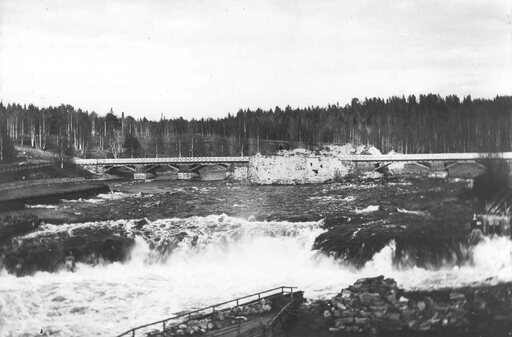
There used to be a rapid next to the castle, nowadays there is a power plant. Photo by Photo Hynninen, Kajaani Museum organization
Inside the castle walls lived soldiers and officials, but also prisoners. Kajaani Castle served as a prison in the 1600s and 1700s, housing everyone from petty criminals to political prisoners exiled from Sweden.
As one might imagine, life inside the cold stone walls was harsh.
One cell reportedly had only a grid for a floor with the river flowing beneath it; another was said to be so cramped that a person could not stand upright.
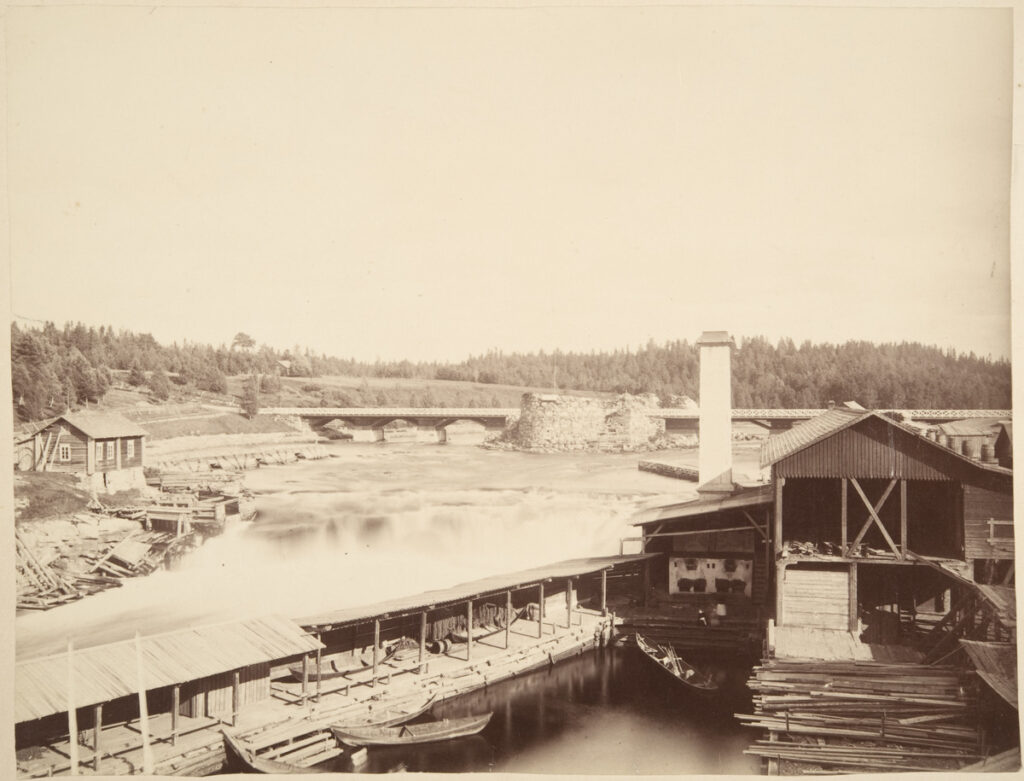
Linnan ympäristö näytti ennen hyvin erilaiselta kuin nykypäivänä. Kuva: Museovirasto
During the Great Northern War, the castle met its dramatic end. In 1716, after a long siege, Russian forces captured Kajaani Castle and blew it up. The explosion was so powerful that—according to contemporary accounts—stones the size of cars were thrown into the air.
After the destruction, many stones were taken for local construction projects, as the ruins were not yet valued as a historical monument.
What remains today is a silent but striking reminder of Kainuu’s eventful past.
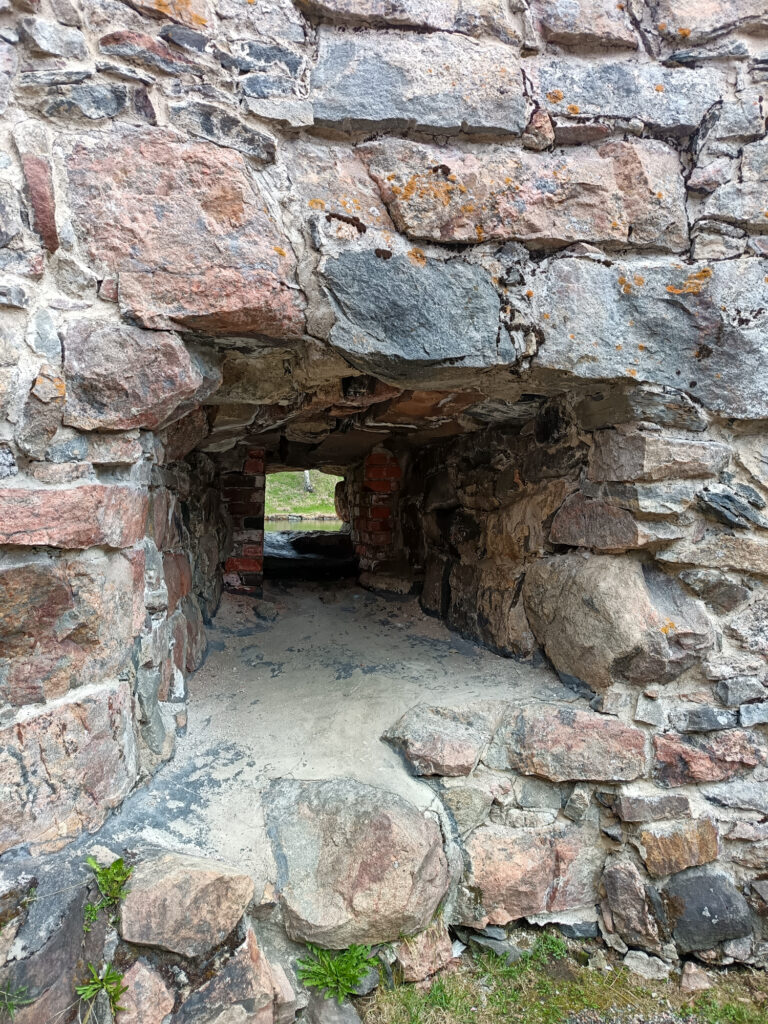
You can still see several gunports in the walls—and get a sense of just how thick those outer walls once were.
Myths and legends of Kajaani castle
One old story claims the castle was originally meant to be built on a different island called Petäsenniska. However, the river froze solid at that spot in winter, making defence difficult. Another legend says that every night giants tore down whatever the workers had built during the day.
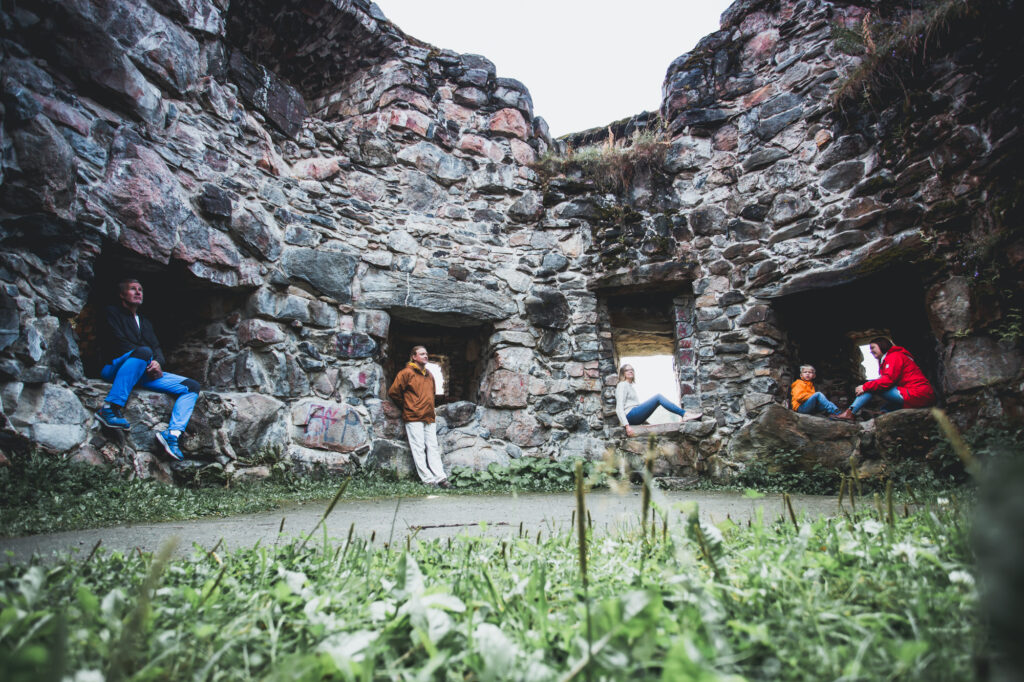
The golden goat of Kajaani
Among the castle’s strangest tales is the legend of the Golden Goat.
The famous Helsinki storyteller Ior Bock claimed that a golden goat statue was buried on Linnansaari—the island where the castle stands. The story is part of his extensive “Bock family saga,” suggesting that ancient treasures and knowledge were hidden across key locations in Finland, one of them being Kajaani Castle.
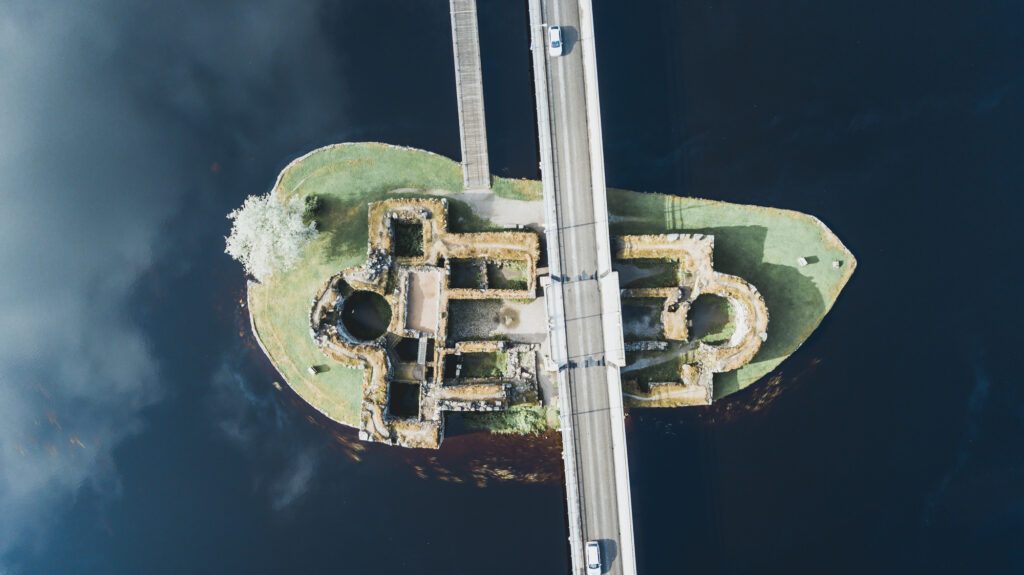
No evidence of the golden goat has ever been found, though the site has been surveyed and dredged many times over the decades. Once, metal detectors did discover a large object underground… but it turned out to be nothing more than old cables.
Tips for visiting Kajaani castle
Kajaani Castle ruins are located on Linnansaari Island in central Kajaani. The site is lit, open all year, and easily reached via the pedestrian bridge. There are also informative signs that explain the castle’s history.

A aerial photo from 1997 by Hannu Vallas
The surrounding riverfront is beautiful—perfect for a peaceful summer walk or evening stroll.
Visiting is completely free. During summer, occasional events take place in the area, such as the Linnanvirta park festival.
If you’re travelling through Kajaani, take a moment to explore this atmospheric urban ruin—it’s a small adventure waiting for you right in the city centre.
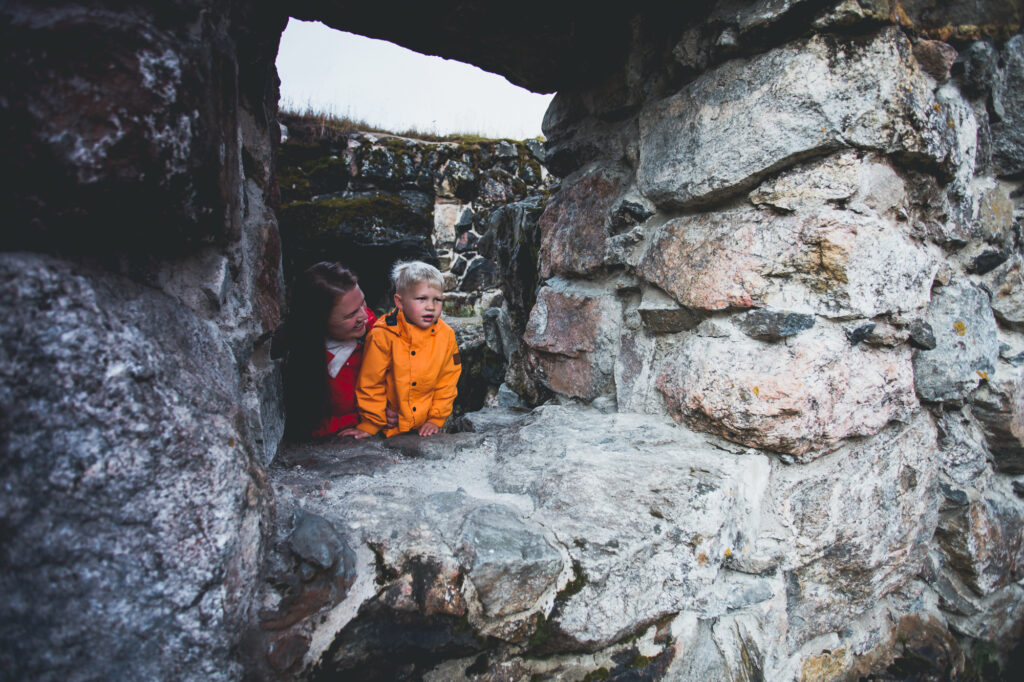
Sources:
Lähde: Satumaarit Myllyniemi – Maaginen Aarrekartta

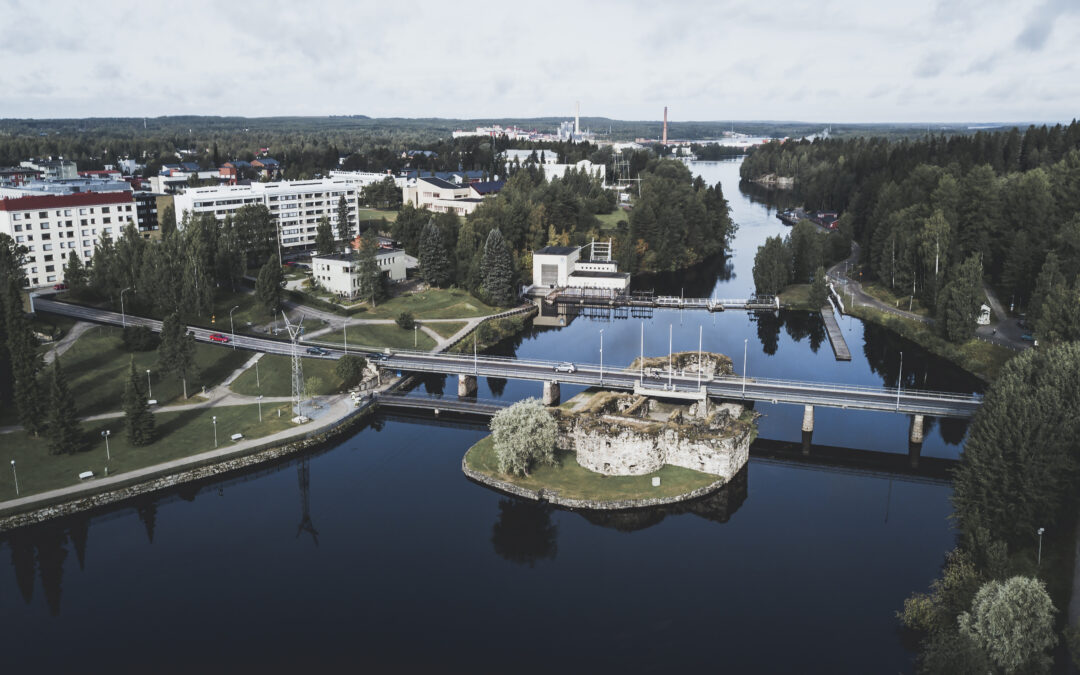
Recent Comments